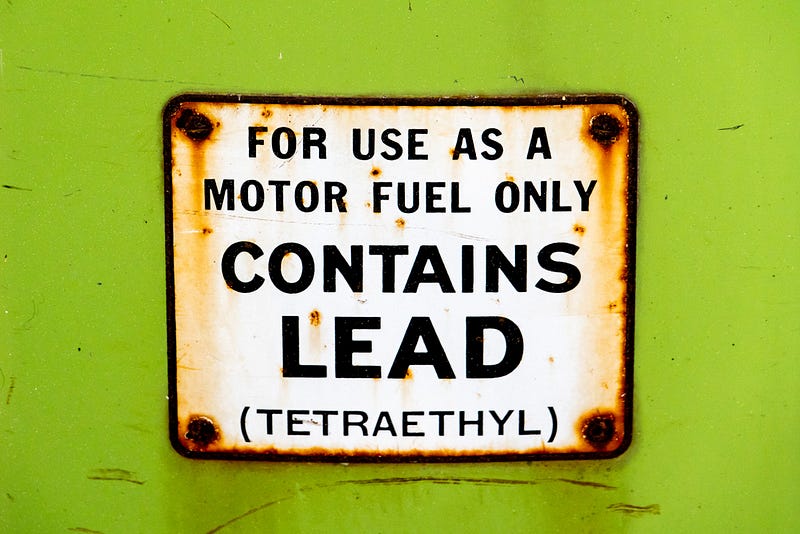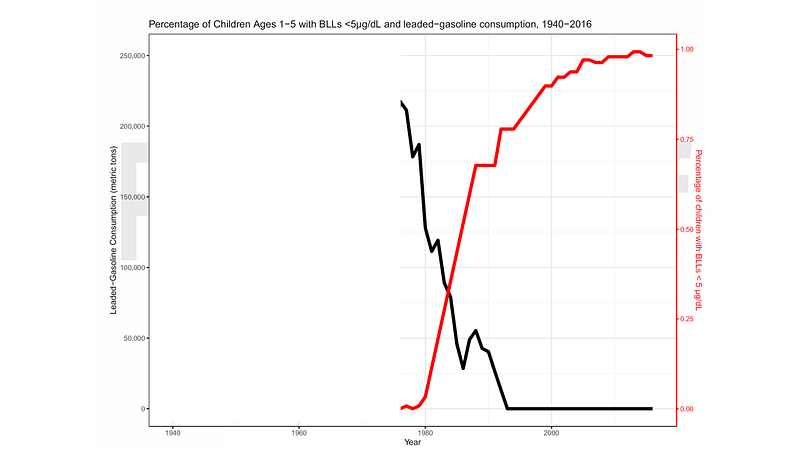The Hidden Legacy of Lead Exposure: A Public Health Concern
Written on
Understanding Lead Toxicity
Lead has long piqued my interest, particularly through my work as a nephrologist. Occasionally, I encounter cases of what is known as saturnine gout — a condition caused by lead toxicity. This was notably observed in individuals involved in moonshining, who used lead-lined car radiators during distillation processes.
Historically, the Romans linked lead with the deity Saturn, associating excessive lead exposure with traits such as gloominess and lethargy. Contrary to common belief that the Romans' use of lead piping led to their downfall, historical texts suggest that they were aware of lead's dangers. For instance, Vitruvius advocated for terracotta pipes over lead as early as the first century BC.
However, the lessons from history seem to be lost on us, as highlighted by the Flint water crisis. Recent findings published in the Proceedings of the National Academy of Sciences indicate that the repercussions of lead exposure will persist for generations.

The Long-term Effects of Lead Exposure
This recent research indicates that the use of leaded gasoline from the late 1960s to the early 1980s may represent one of the most significant public health disasters of our time. Lead is known to adversely affect the developing brain, a fact supported by numerous studies involving both animals and humans. Its behavior mimics that of essential divalent cations like magnesium or calcium, allowing it to cross the blood-brain barrier with ease.
So, how much lead exposure has the U.S. population actually experienced? This presents a challenge, as the CDC has only been systematically tracking blood lead levels in a representative sample of the population since 1976. The data reveals that, in the late 1970s, virtually no children had blood lead levels below 5 mcg/dL, which is now recognized as the toxicity threshold.

The correlation between leaded gasoline usage and childhood lead levels is striking. Prior to 1976, comprehensive data on children's lead exposure is lacking. However, researchers have managed to project this data backwards using historical leaded gasoline consumption statistics, thus estimating lead exposure levels in children.

The findings are startling. Between 1960 and 1980, nearly every child in the U.S. likely had blood lead levels that would be deemed toxic today. The authors analyzed demographic data to determine how many adults currently aged 40 to 50 experienced significant lead exposure during childhood.
The results indicate that a staggering 53.5% of Americans alive in 2015 had toxic lead levels as children. Although leaded gasoline is no longer in use, the ramifications will endure. By 2030, it is projected that 43% of the population will still be affected by elevated childhood lead levels.

The Implications of Neurotoxicity
What are the consequences of this often subtle form of neurotoxicity? The authors estimate an average IQ loss of 2.6 points per person in the U.S., amounting to over 800 million total IQ points lost. Those born during peak leaded gasoline consumption years (1966 to 1970) are particularly affected, with average losses around 6 IQ points. This reduction in cognitive function translates to a decrease in lifetime productivity, costing the economy between $165 and $319 billion.
Moreover, it is critical to recognize that the burden of lead exposure is not evenly distributed. The study indicates that non-white populations are significantly more likely to have experienced high levels of lead exposure during childhood compared to their white counterparts.

Conclusion: A Call for Awareness
In essence, if you are reading this, there is a strong likelihood that you were exposed to lead levels during childhood that could have influenced your cognitive abilities. Unfortunately, there is little we can do to alter that reality now. Our focus must shift to safeguarding today's children from lead toxicity, particularly in urban areas. This study serves as a reminder that the environmental choices we make today may not reveal their full impact until decades later. What decisions are we making now that could have unforeseen consequences in the future? Where are the modern-day Vitruviuses when we need them?
This video discusses the alarming findings regarding lead levels in children, emphasizing the need for awareness and prevention strategies.
This video outlines the possible signs and symptoms of lead poisoning in children, providing crucial information for parents and caregivers.